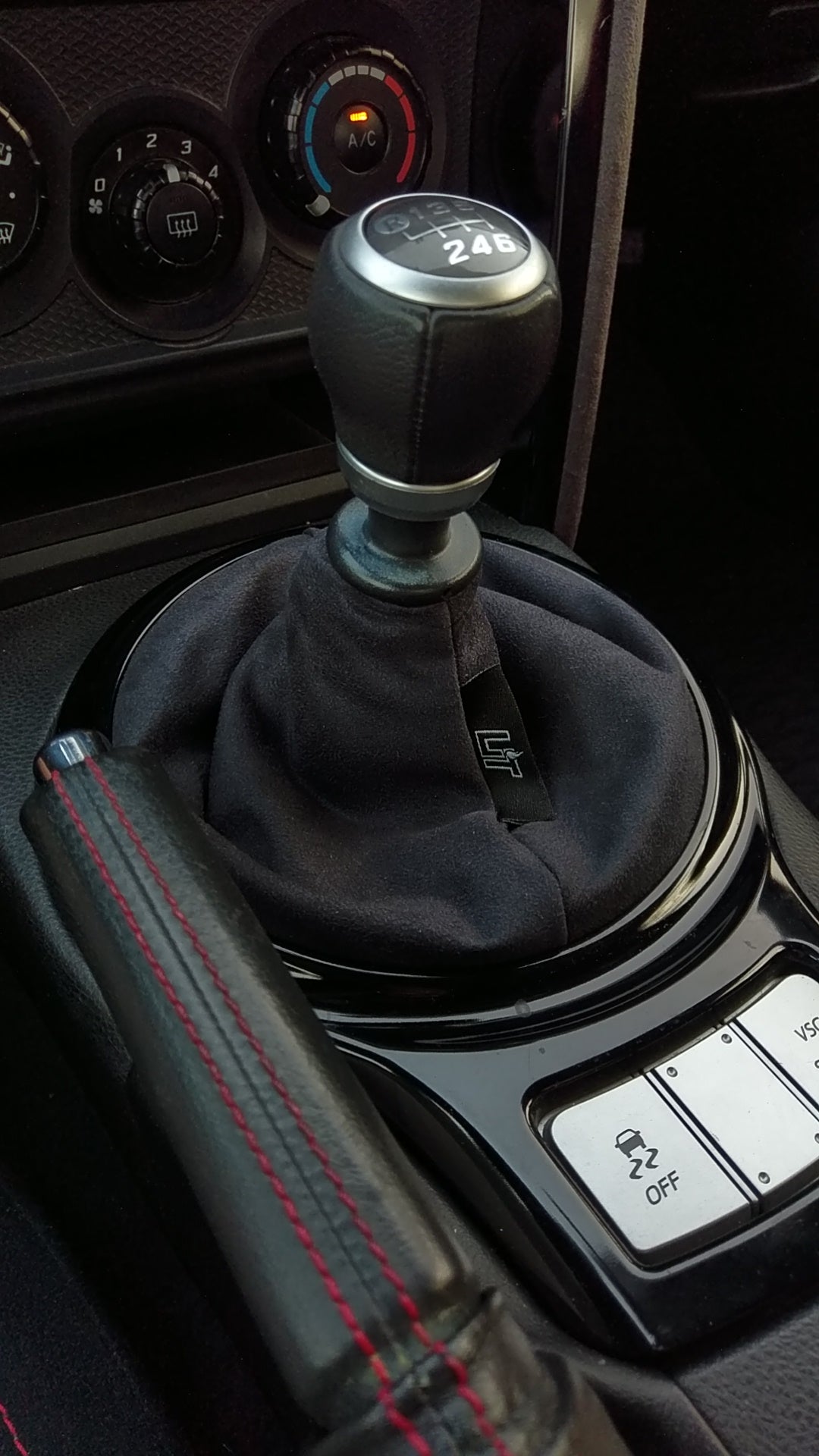
Six-speed automatic transmissions are the most common number of gears, but older cars and entry-level compact cars may still have either four or five automatic gears.
#Shifted auto full#
This means that the transmission can move between its full range of gears as needed. According to How a Car Works, when you shift your vehicle into drive, you engage all available forward gear ratios.The gears of an automatic transmission include the following: The arrangement of the gears determines how much power will flow from one gear to another and out to the drive train of the vehicle when you shift. The different gears are sometimes called the sun gear, the ring gear, and the planetary gear.
#Shifted auto driver#
When the driver changes gears, the bands hold one gear still while rotating another to transmit torque from the engine and increase or decrease gears. The planetary gear train is a mechanical system in which the gears are connected with a set of bands and clutches. When the engine is not running, the transmission does not have the oil pressure needed to operate and thus the vehicle cannot be push-started. The pump input leads directly to the housing of the torque converter attached to the flexplate of the engine. The gear pump is placed between the planetary gearset and torque converter, where it pulls and pressurizers transmission fluid from a sump. The transmission fluid is pressurized by an oil pump, which allows the speed to change depending on the vehicle's speed, tire revolutions per minute, and other factors.

This type of transmission has what is called hydraulic control. The power created by this rotation is then transmitted from the shaft to the transmission's first planetary gear set.

This apparatus increases the power of the fluid and transmits even more power back to the turbine, which creates a vortex power rotation that spins the turbine and the attached central shaft. As the engine transmits power to the pump of the torque converter, the pump converts this power into transmission fluid that powers the turbine of the torque converter. Information from Art of Manliness depicts the operation of an automatic transmission.
#Shifted auto manual#
This apparatus replaces a manual friction clutch and lets the vehicle come to a complete stop without stalling. The torque converter connects the engine to the transmission and uses pressurized fluid to transfer power to the gears. According to How Stuff Works, this device combines a torque or fluid coupling converter with gearsets that provide the desired range of gears for the vehicle. The most common type of automatic transmission uses hydraulic power to shift gears. That innovation consisted of four forward gears on two trains that could be shifted with a single lever. Although GM was the first to use the version with hydraulic controls, this technology actually dates to a 1900 invention by Wilson-Pilcher. The planetary transmission was one of the most important developments on the road to the modern automatic transmission. The GM transmission was the first of its kind to use a hydraulically controlled planetary gearbox, allowing the gears to shift depending on the vehicle's travel speed. These models posed fewer challenges than the traditional manual transmission but still required the use of a clutch to change gears.

General Motors and REO both released semi-automatic vehicle transmissions in 1934.

Either way, he or she does not need to use the clutch, which is operated by a hydraulic system. With this type of transmission, the driver can manually shift gears or opt for automatic shifting. AMTs operate like an automatic while providing the affordability and fuel-saving benefits of a manual transmission. Sometimes called a semi-automatic transmission, this model pairs the clutches and gears of a manual transmission with a set of actuators, sensors, processors, and pneumatics. When you put the vehicle in park, all the gears lock to prevent the car from rolling forward or backward.Ī less common option is the automated manual transmission (AMT). The friction clutch is replaced by fluid coupling and the system defines a set of gear ranges depending on the needs of the auto. According to Meineke, most automobiles use a form of automatic transmission called a hydraulic planetary automatic transmission, which is also used in a scaled-up version in some industrial and commercial equipment and heavy-duty vehicles.


 0 kommentar(er)
0 kommentar(er)
